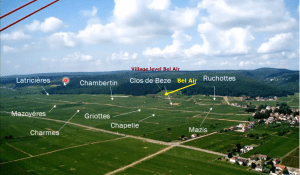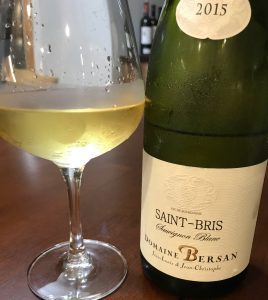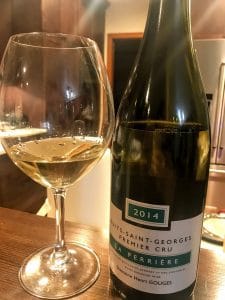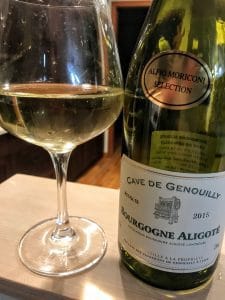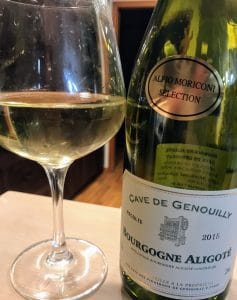 Going to need more than 60 seconds to geek out about the 2015 Cave de Genouilly Bourgogne Aligoté.
Going to need more than 60 seconds to geek out about the 2015 Cave de Genouilly Bourgogne Aligoté.
The Background
Cave de Genouilly was founded in 1932 as a co-operative of family growers in the Côte Chalonnaise region of southern Burgundy. Today, the co-op includes 90 growers with 180 acres based around the communes of Genouilly, Fley, Bissy-sur-Fley, Saint-Martin-du-Tartre and Saint-Clément-sur-Guye. Many of the growers are second and third generation members of the co-op.
In addition to Bourgogne Aligoté, the co-op also produces Crémant de Bourgogne as well as still wines from the AOCs of Rully, Givry and Montagny–including some premier cru.
The Grape
According to Jancis Robinson’s Wine Grapes, Aligoté is an offspring of Pinot and Gouais blanc, making it a full sibling of Chardonnay, Melon de Bourgogne, Gamay and Auxerrois.
Robinson speculates that the name Aligoté is derived from the old synonym for Gouais blanc, Gôt. The grape first appeared in written records in 1780 under the synonym ‘Plant de Trois’ which refers to the tendency of Aligoté to produce three clusters per branch. The name Aligoté, itself, appears in the Côte d’Or for the first time in 1807.
The grape earned some notoriety after World War II when the mayor of Dijon, Félix Kir, created a cocktail that blended Aligoté with Crème de Cassis. Today that cocktail is known as the Kir and, while it has many derivatives, the classic incarnation still features Aligoté.

The classic Kir cocktail of Aligoté with Crème de Cassis paired with gougères, a savory puff pastry made with cheese.
Today there is around 4800 acres of the variety planted in France–virtually all in Burgundy. Producers tend to plant Aligoté either at the very bottom or very top of the slope, leaving the prime mid-slope section for the more profitable Chardonnay and Pinot noir.
While most plantings are found in the Côte Chalonnaise, particularly in the Bouzeron AOC, the grape was permitted in Meursault throughout the 19th century and is technically still authorized for use in the Grand Cru of Corton-Charlemagne thanks to a 1930s legal judgement. Bonneau du Matray maintained 1 ha of Aligoté in the Grand Cru until the mid-1970s.
In my post Brave New Burgs, I noted that the list of Burgundian producers who seem to have a soft spot for this obscure variety is impressive. Aubert de Villaine (of Domaine de la Romanée-Conti fame), Lalou Bize-Leroy, Marquis d’Angerville and Michel Lafarge, to name a few. Aligoté is even planted in the prime real estate of the Morey-St-Denis Premier Cru Clos des Monts Luisants owned by Domaine Ponsot.
Outside of France, Aligoté can be found in Switzerland (≈ 50 acres) and several eastern European countries such as Bulgaria (≈ 2700 acres), Moldova (≈ 39,000 acres), Romania (≈ 18,000 acres), Russia (≈ 1,000 acres) and Ukarine where the grape accounts for 11% of total vineyard area with ≈ 24,000 acres.
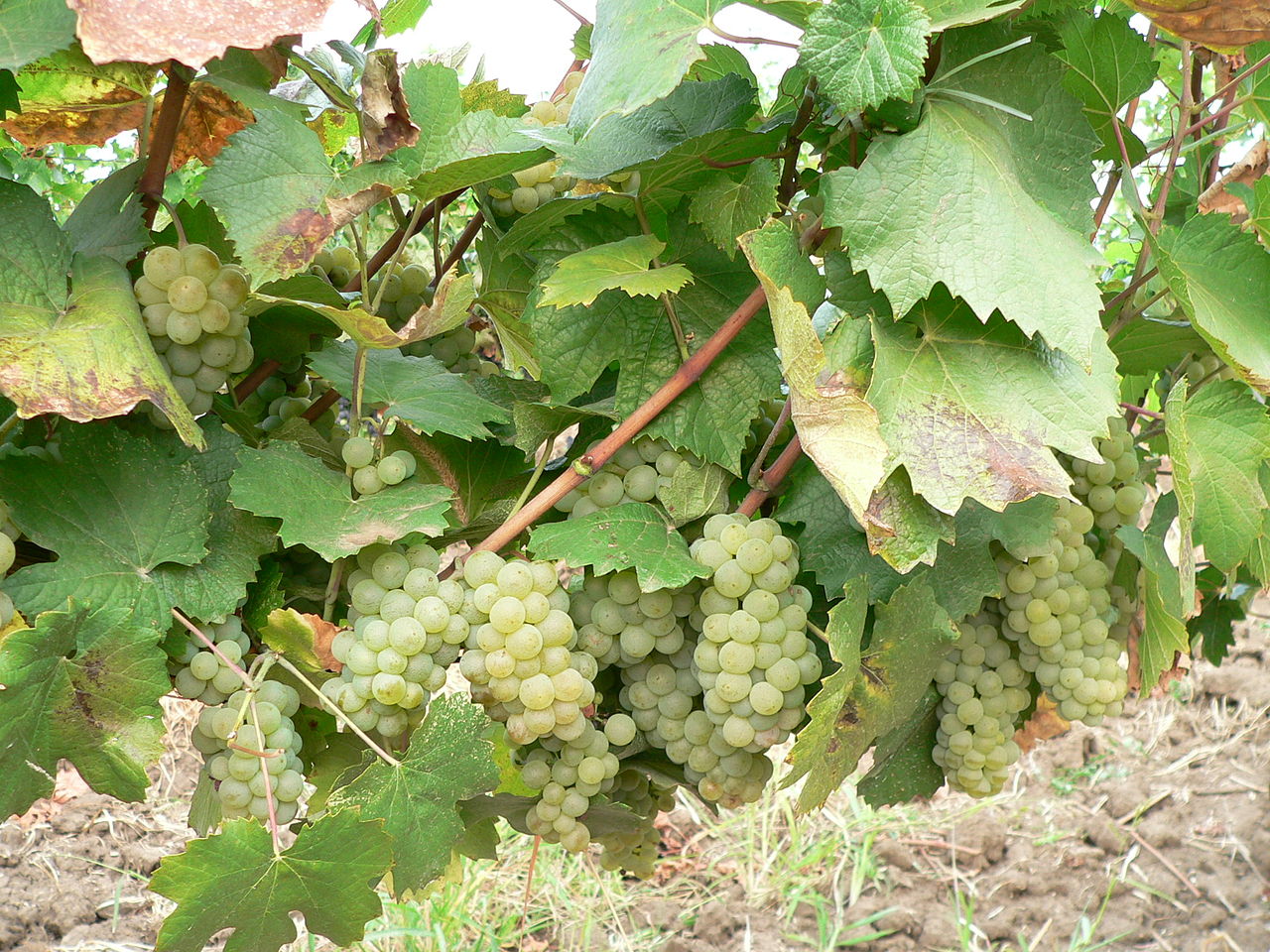
Aligoté grapes growing in Romania.
In the US, California winemaker Jed Steele
makes an example in Washington State called Shooting Star sourced from 2 acres of Aligoté planted in the Yakima Valley by the Newhouse family in the 1970s. Josh Jensen of Calera has also experimented with the variety in the high-altitude Mt. Harlan AVA in the Gabilan Mountains of San Benito County, California.
The Wine
Medium plus intensity nose with citrus and fresh cut white flowers. A little grassy. Makes me think of a Sauvignon blanc.
The mouthfeel has surprising weight with a medium plus body that helps balance the medium plus acidity. It rounds it out and keeps the wine mouthwatering rather than bitey. Apple flavors appear alongside the citrus (lemon) and fresh floral notes carrying through from the bouquet. The grassiness doesn’t, though, which has my thoughts shifting from comparing it to a Sauvignon blanc to something closer to an unoaked Chardonnay from the Macon-Village.
The Verdict
In Brave New Burgs, I summed up my tasting note on the 2015 Cave de Genouilly Bourgogne Aligoté “As if a Sauvignon blanc and an unoaked Chardonnay had a baby. Great mouthfeel with weight. Smooth but fresh.”
The wine has a lot of character that makes it enjoyable on its own but with its mouthwatering acidity, I thinks it place to shine is with food. At around $15-18, its combination of fruit, acidity and structure gives great flexibility on the table letting it pair with anything from white and shellfish to fatty tuna and salmon as well as vegetarian fare, poultry and pork.
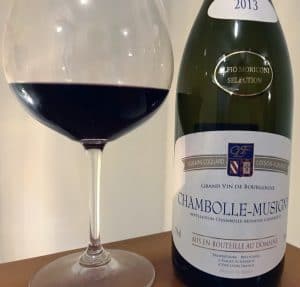


 Going to need more than
Going to need more than 

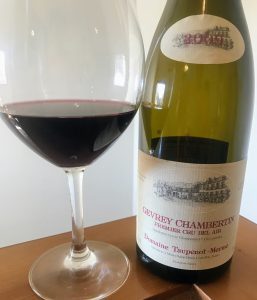 Going to need more than
Going to need more than 